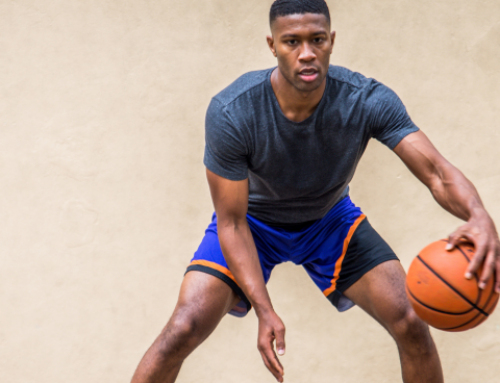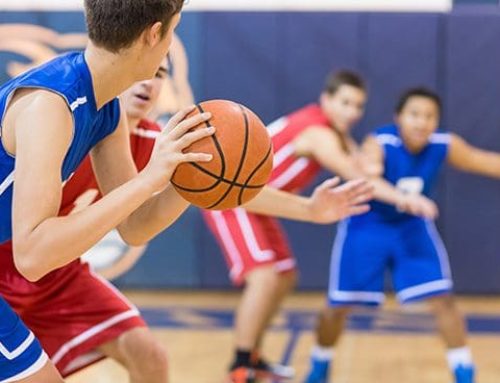Best Plyometric Exercises for Basketball
Basketball is a sport that requires its athletes to have explosive strength, top speed and agility. There’s no better way to train these skills than with plyometrics.
Because they work by using your own body weight and downward force against yourself, plyometrics trick your muscles into working harder. And since your body gets used to putting out extra effort, you will be able to jump higher in games. But plyometrics aren’t just for jumping. They will help you become quicker, faster and more explosive as well.
However, if you have incorrect technique with plyometrics, then no matter how hard you train, you’ll always get less benefit than you should. Here are some basic tips for good jumping form:
- Jump from a strong base
- Get all the way down before going up
- Bring your arms back, then throw them up as you jump
- Extend up off your toes as you jump
Below is a list of the best plyometric exercises for basketball—in three different categories, based on degree of difficulty. Don’t feel that just because you’re in high school or college, you can’t use the beginner exercises. All plyometric exercises will help improve your vert, quickness and speed if done right.
When doing the exercises, make sure that you are pushing yourself to jump as high as you can each time. If you are only giving half effort, you will see only minimal results. Also, do not perform these exercises on a hard surface. That will be bad for your joints. The best place to do them is on grass or a mat.
Beginner Drills
• Bunny Hops
• Frog Jumps
• Box Jumps
• Quick Hops (Platform)
• Squat Jumps
• Staggered Stance Squat Jumps
Intermediate Drills
• Depth Jumps
• Knee Tucks
• Forward Lunge Jumps
• Pogo Jumps
• 1/4- & 1/2-Turn Squat Jumps
• Lateral Cone Hops
Advanced Drills
• Single Leg Squat Jumps
• Single Leg Hops
• Reaction Depth Jumps
• Multiple Depth Jumps
• Standing Triple Jumps
Photo: mensfitness.com
RECOMMENDED FOR YOU
MOST POPULAR
Best Plyometric Exercises for Basketball
Basketball is a sport that requires its athletes to have explosive strength, top speed and agility. There’s no better way to train these skills than with plyometrics.
Because they work by using your own body weight and downward force against yourself, plyometrics trick your muscles into working harder. And since your body gets used to putting out extra effort, you will be able to jump higher in games. But plyometrics aren’t just for jumping. They will help you become quicker, faster and more explosive as well.
However, if you have incorrect technique with plyometrics, then no matter how hard you train, you’ll always get less benefit than you should. Here are some basic tips for good jumping form:
- Jump from a strong base
- Get all the way down before going up
- Bring your arms back, then throw them up as you jump
- Extend up off your toes as you jump
Below is a list of the best plyometric exercises for basketball—in three different categories, based on degree of difficulty. Don’t feel that just because you’re in high school or college, you can’t use the beginner exercises. All plyometric exercises will help improve your vert, quickness and speed if done right.
When doing the exercises, make sure that you are pushing yourself to jump as high as you can each time. If you are only giving half effort, you will see only minimal results. Also, do not perform these exercises on a hard surface. That will be bad for your joints. The best place to do them is on grass or a mat.
Beginner Drills
• Bunny Hops
• Frog Jumps
• Box Jumps
• Quick Hops (Platform)
• Squat Jumps
• Staggered Stance Squat Jumps
Intermediate Drills
• Depth Jumps
• Knee Tucks
• Forward Lunge Jumps
• Pogo Jumps
• 1/4- & 1/2-Turn Squat Jumps
• Lateral Cone Hops
Advanced Drills
• Single Leg Squat Jumps
• Single Leg Hops
• Reaction Depth Jumps
• Multiple Depth Jumps
• Standing Triple Jumps
Photo: mensfitness.com











